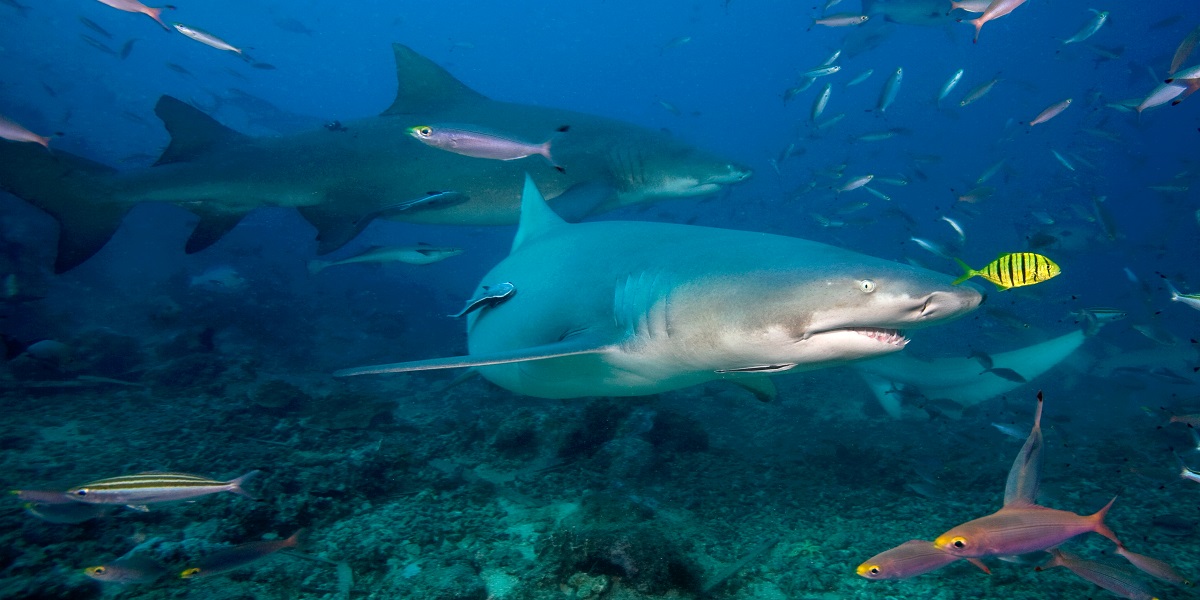Abu Dhabi’s efforts
EAD published a report in 2017, which provides an overview of the conservation status of sharks, rays, and chimaeras in the Arabian Seas Region. The study also identifies those species that are threatened with extinction at the regional level, so that appropriate conservation action can be taken to improve their status.


